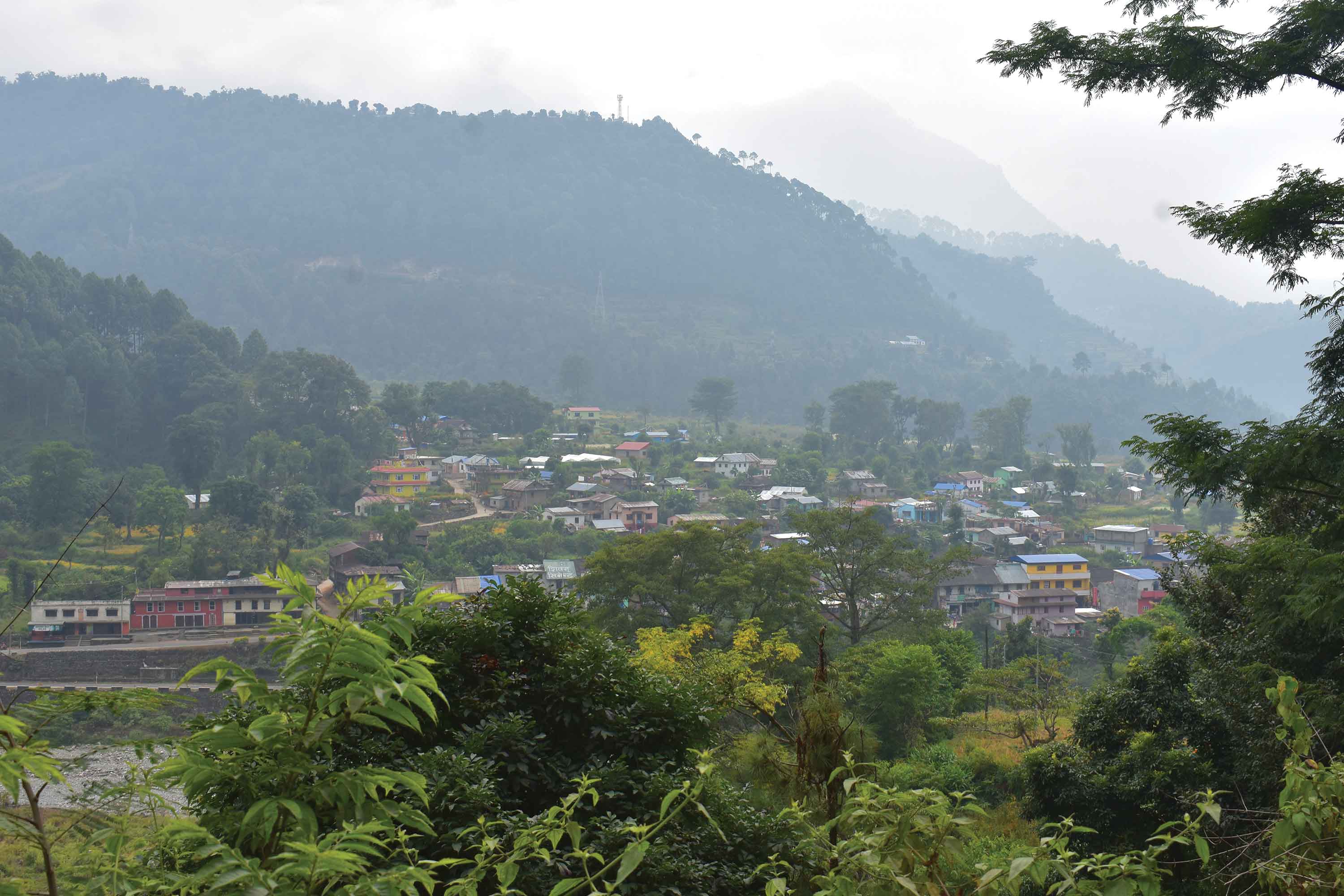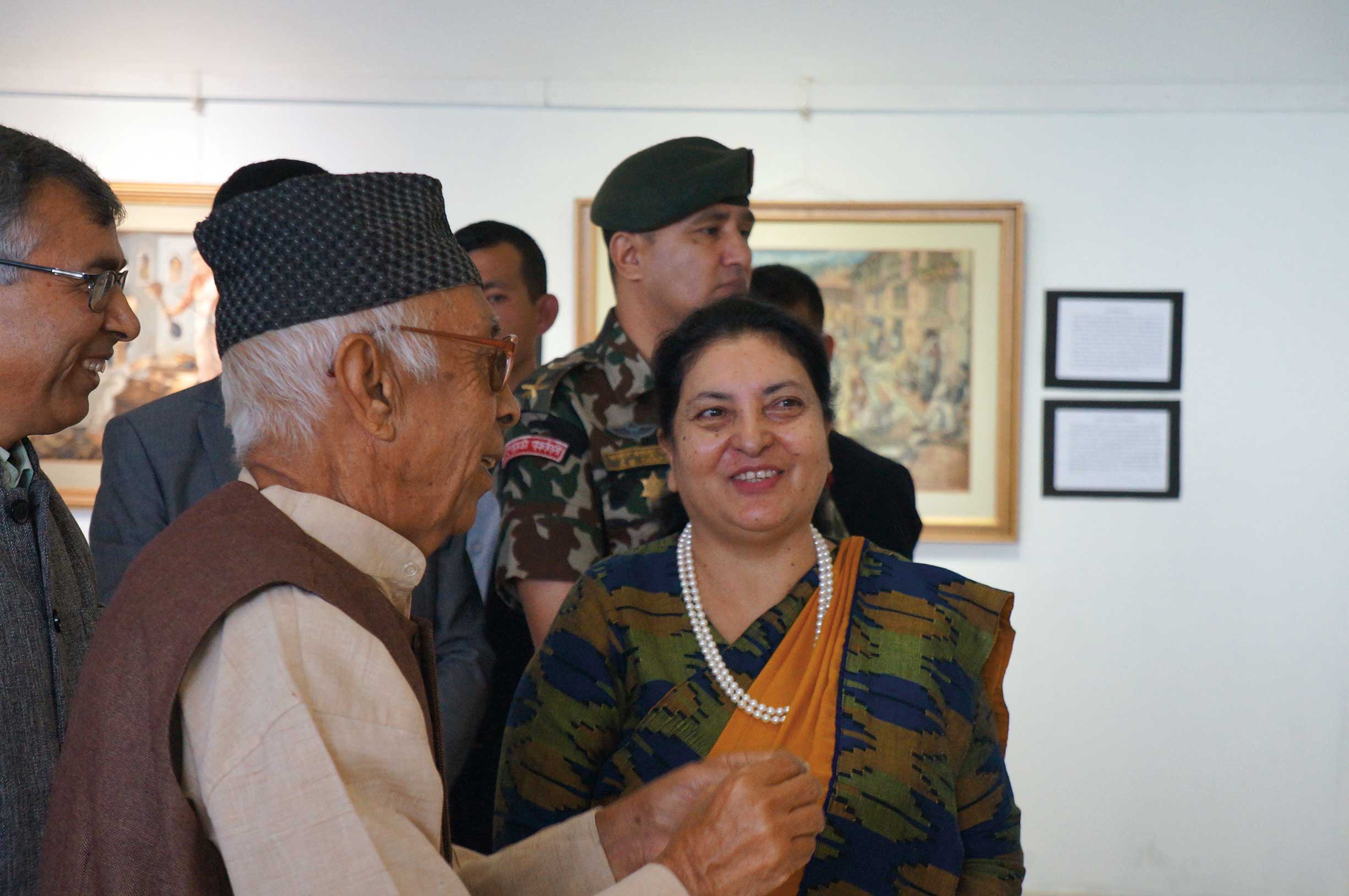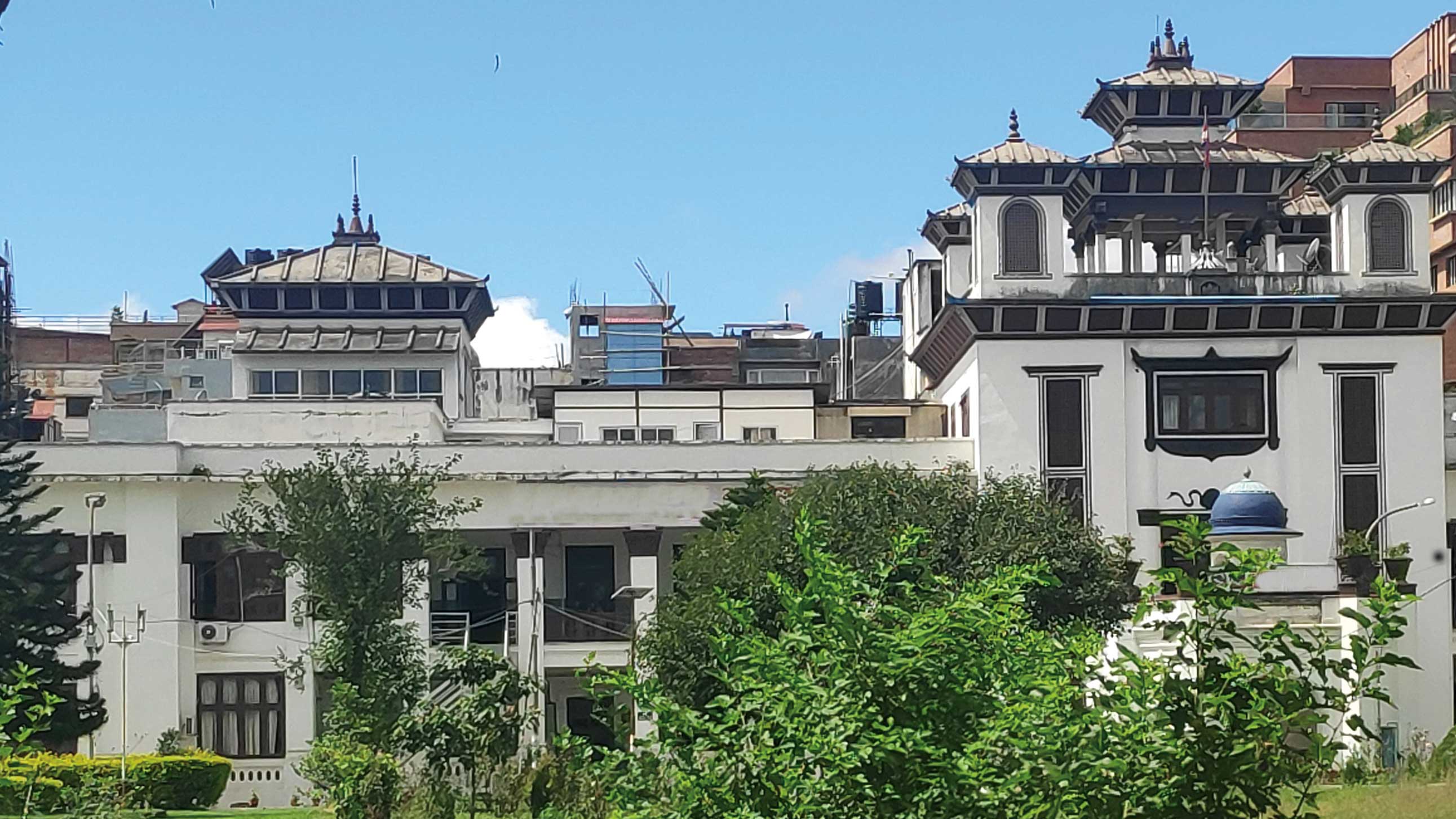Sati is the ancient tradition where the widow, mistresses and female servants used to take their own lives by jumping into the funeral pyre of a deceased man. A group of musicians accompanied the funeral procession and played loud music to subdue the screams of the burning women. This horrible tradition thrived in Nepal until it's abolition by Prim Minister Chandra Shumshere Rana on 28th June 1920. Laws were promulgated to this effect and the special door at Pashupatinath temple complex through which the condemned women had to walk through in order to jump into the cremation fires were closed forever. The tradition of sati was banned in Bengal (state of India) as early as 1829 by the then Governor General. Despite these efforts, even as recently as in the early 1980s, I was witness to demonstrations by students in Jaipur demanding rights of the women to commit sati.
When Jung Bahadur Rana was in power in the 1850s, he made a set of rules to try and control and discourage sati. He banned women below 16 to commit sati. Women whose children were below 16 (boys) and below 5 (girls) were not allowed to commit sati. Similarly, if the woman had more than one husband, or if she was pregnant, sati was illegal. Slave women were also prohibited from this act. Mothers were prevented from committing sati on their son's funeral pyre. Jung Bahadur also made it mandatory that an advocate be present when sati was performed voluntarily to make sure it was not coerced. Anyone forcing women to commit sati was to be charged with murder. History writer Devi Prasad Sharma tells us that while Jung Bahadur was successful in preventing the wives of his brothers from committing sati, his own wives committed sati upon his death.
The tradition of sati is as old as anyone can remember. Numerous religious epics of the subcontinent speak of and glorify the tradition. Stone markers were put up at spots where women committed sati. In one such book - the Swasthani which is recited in homes to this day during the Nepali month of Magh (Jan - Feb) Dakshya Prajapati's daughter Sati Devi, who is married to Lord Shiva, is humiliated by the treatment given to her husband by her father and decides to jump into the yagya (sacred fire) rather than stand the insult inflicted on her husband. Each year a festival is held near Sankhu to "celebrate" this ultimate act of devotion and sacrifice for one's husband.
The basic justification for sati was that a deceased man still needed the "services" of his wife or wives, mistresses and female servants in his "after-life". It was further justified on the grounds that a woman's life had no value after the death of her husband. If the woman had no siblings, the case against her was even stronger. In the history of the subcontinent, many women were forced to perform sati as a political means to ensure that queens did not interfere in politics after the death of the king.
At the temple complex of Changu Narayan at the eastern end of the Kathmanudu valley, there is a stone pillar with an inscription by the then ruler Mana Deva dated 464 AD. The stone inscription contains a description of how Mana Deva prevented his mother from jumping into the funeral pyre of his father Dharma Deva. This is probably the oldest recorded reference in Nepal to the tradition of sati. Most probably ordinary women of the period had no such luck. During the Malla period, history teaches us that 33 wives of Yog Narendra Malla and 9 wives of Pratap Malla committed sati. In the 19th century, 16 women committed sati in the funeral pyre of King Rana Bahadur Shah.
Thanks to Prime Minister Chandra Shumshere, we do not have to witness a woman immolate herself on the funeral pyre of her husband. It was not easy for the then Prime Minister to enforce this ban and there were numerous arguments mounted against his decision. Our society needs to get rid of a few more of these traditions. We need to know that not all of our history was glorious, nor romantic.
Anil Chitrakar is a founding member of Kathmandu 2020 and
has launched Crafted in Kathmandu to help local artisans.
For comments e-mail: rosha@craftedinkathmandu.com










